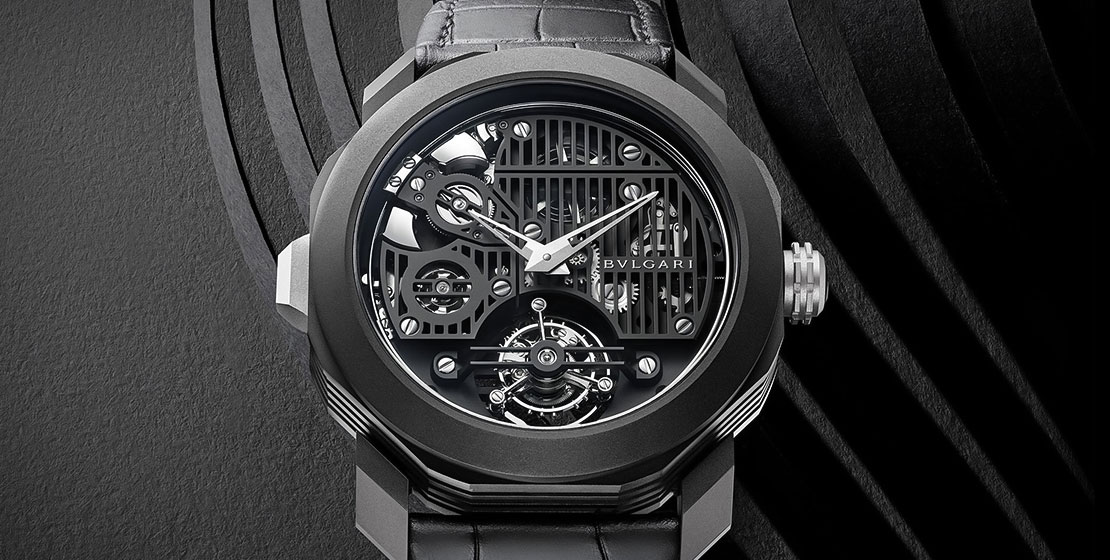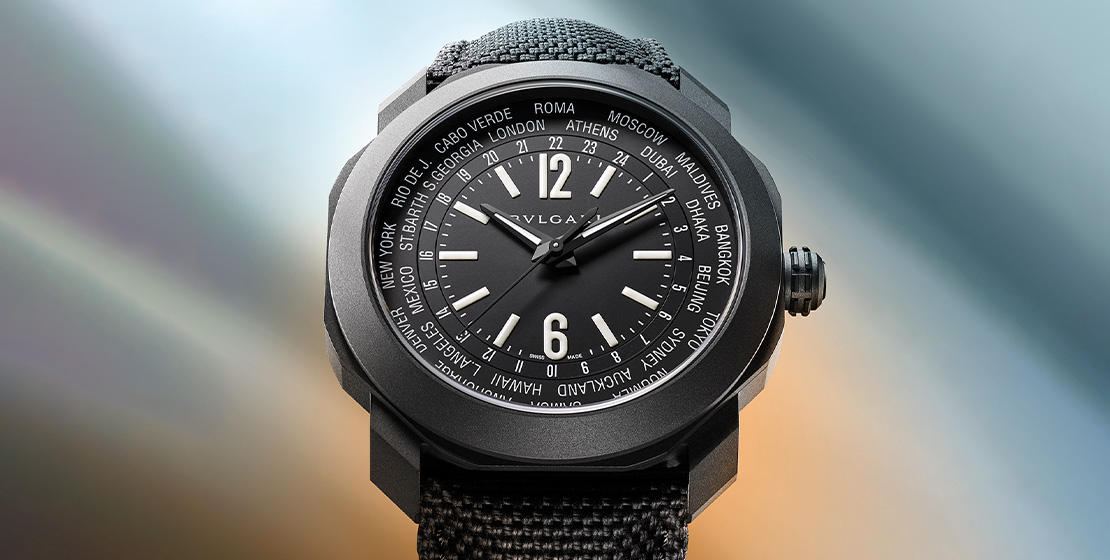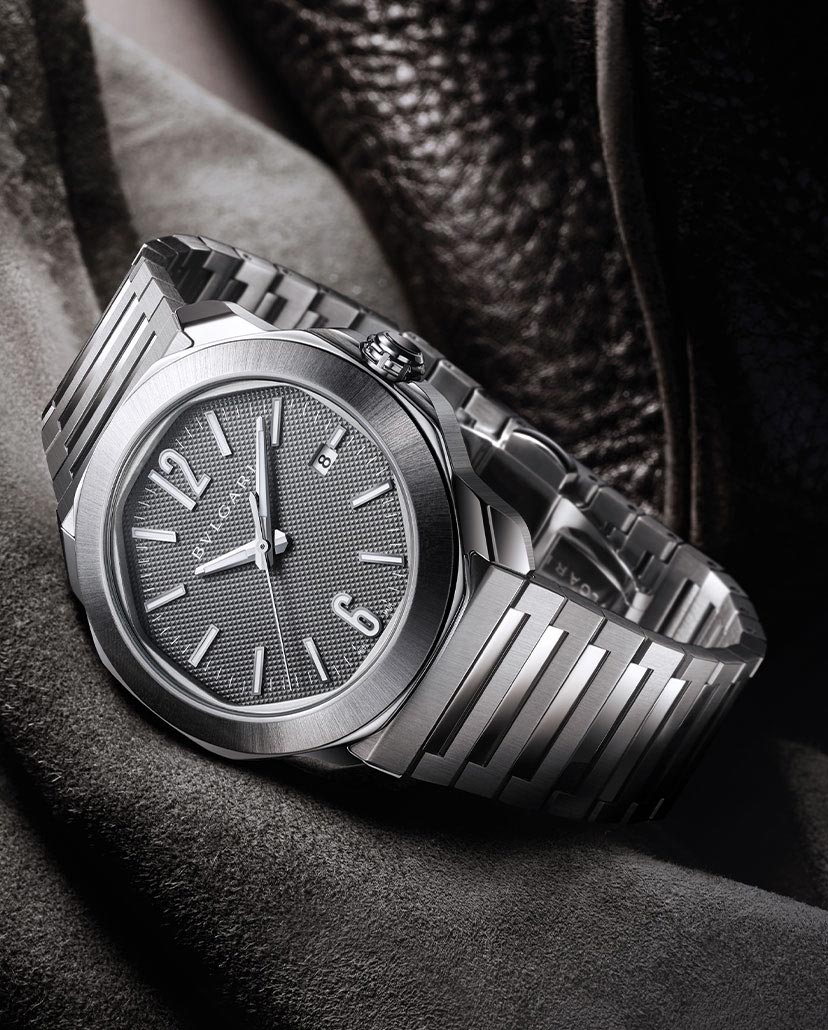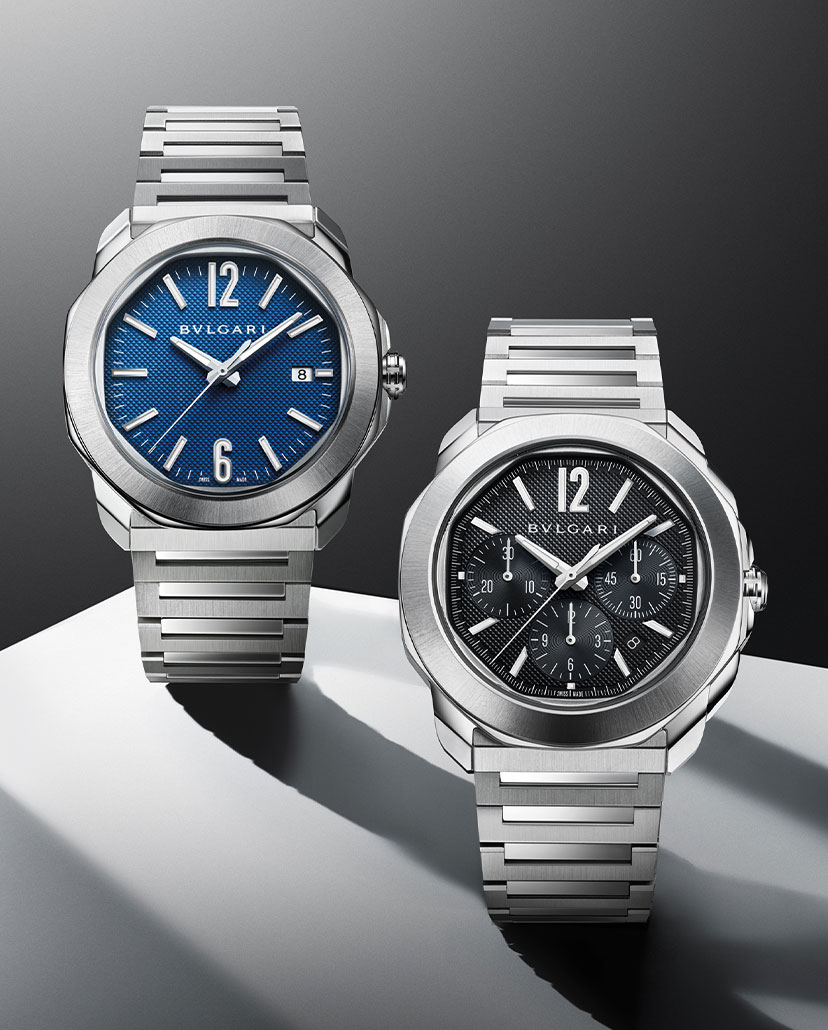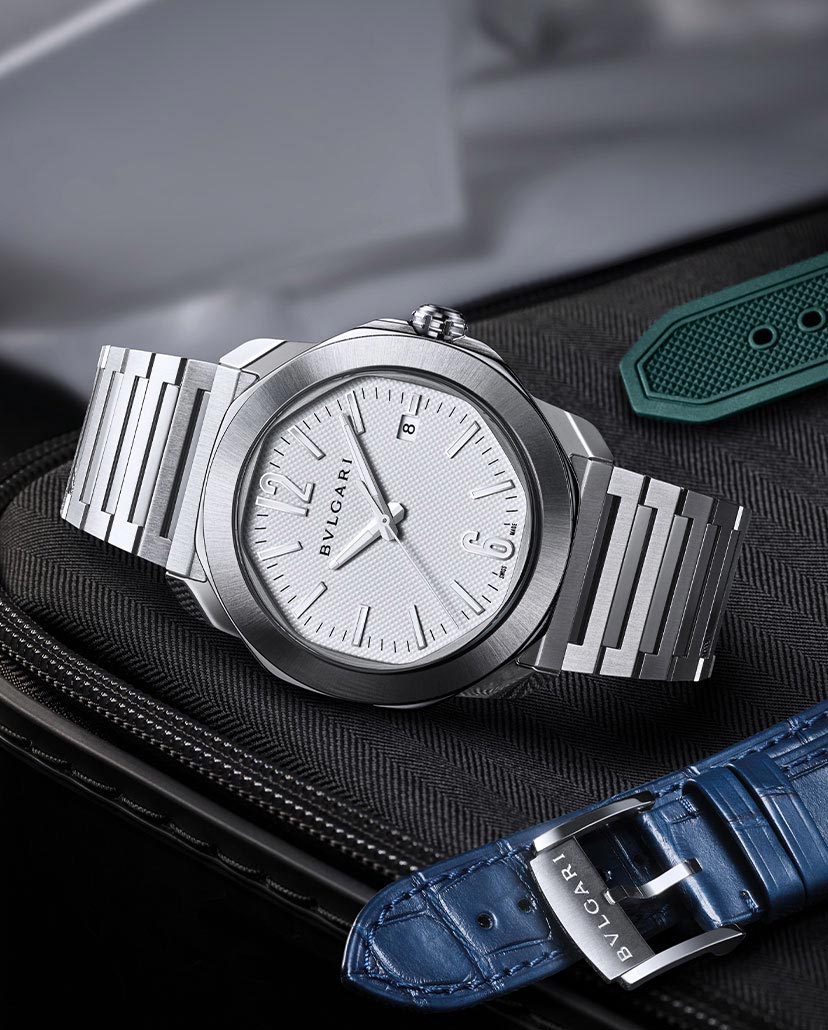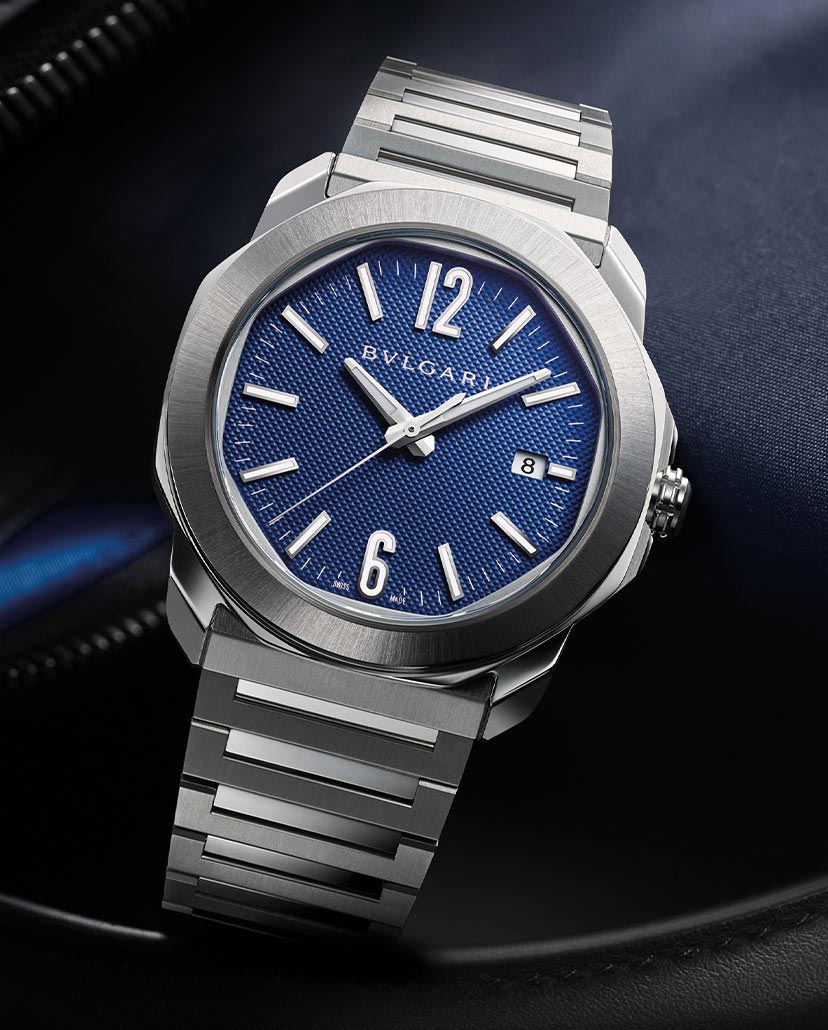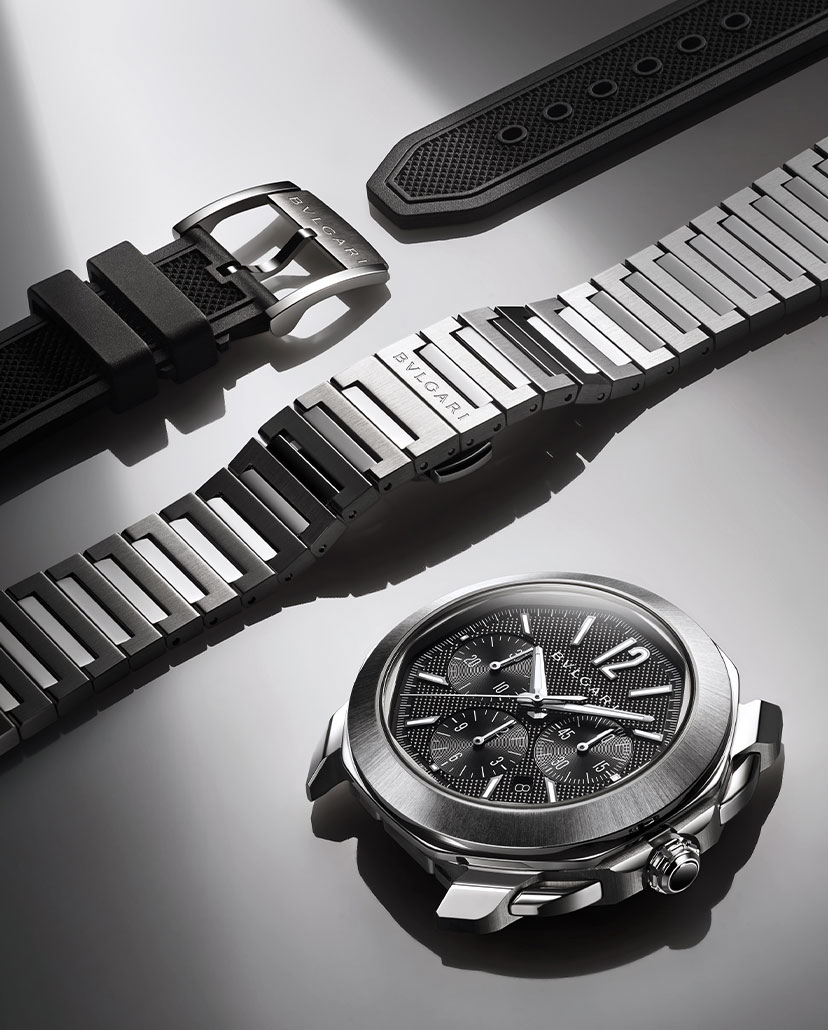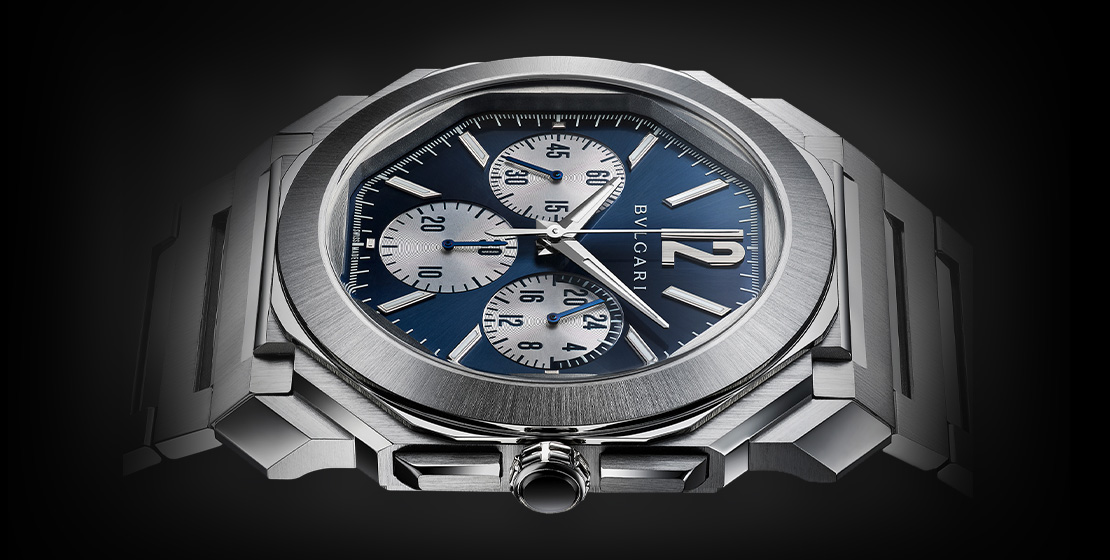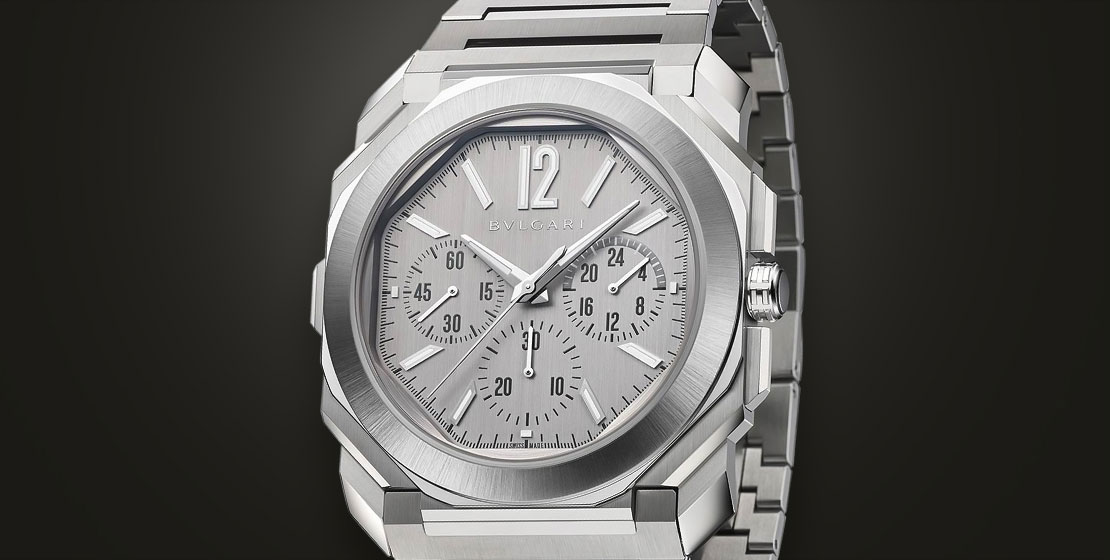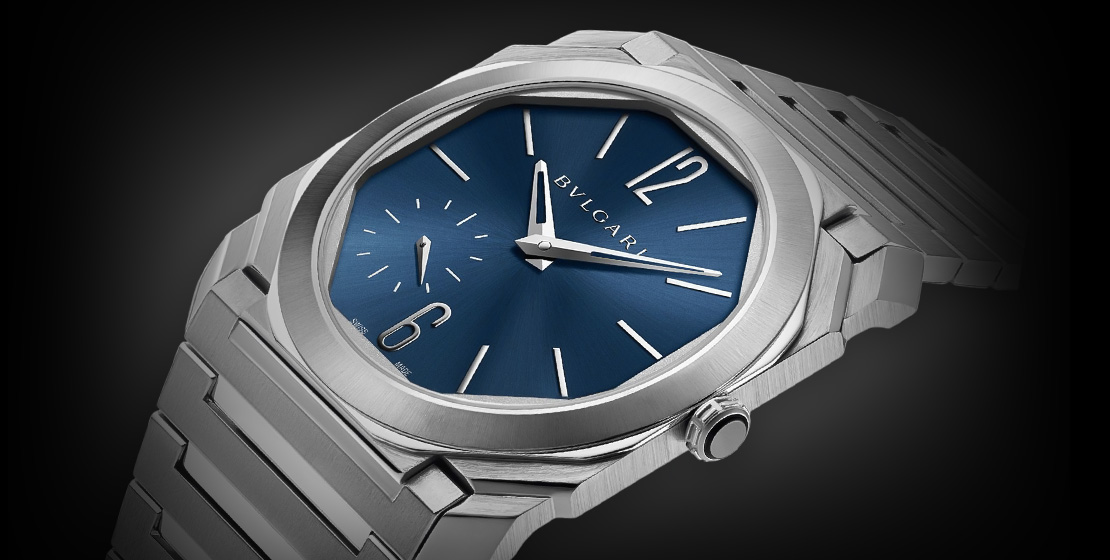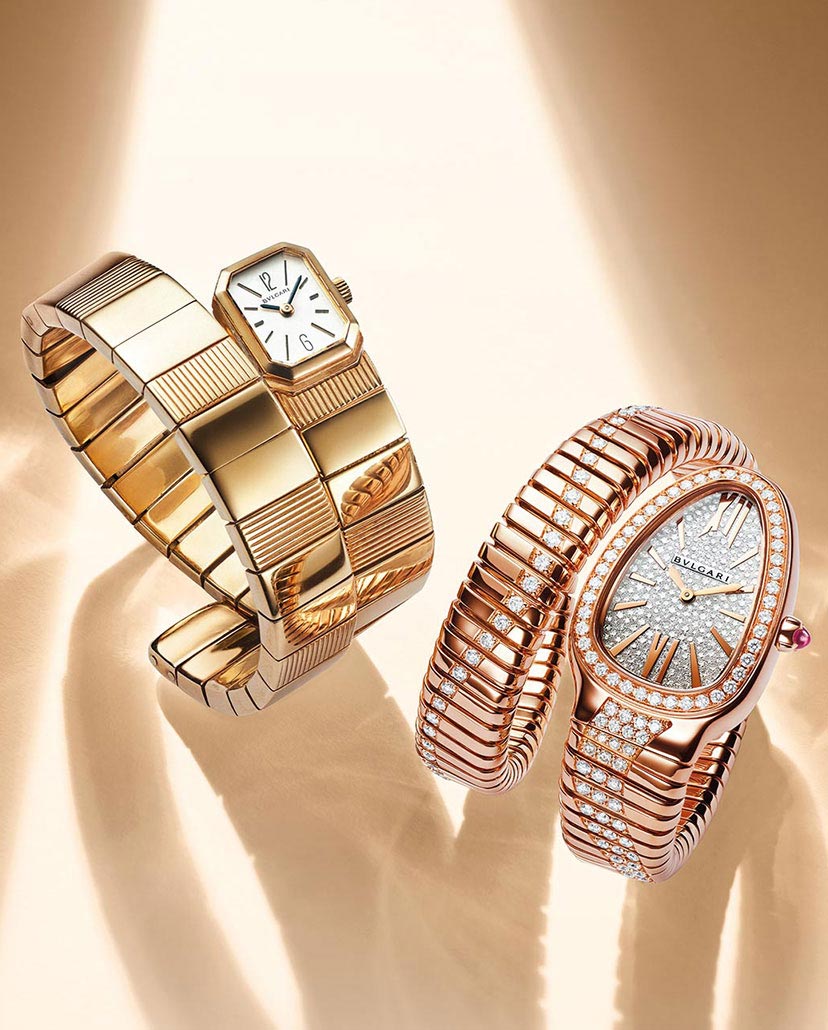Q&ASwiss-Made, With An Italian Soul: A Tête-à-Tête With Bulgari’s Head Of Watches
The thinnest watches and going thinner, jewelled innovation, strong design and DNA, form and function going hand-in-hand… Antoine Pin, managing director of Bulgari’s watch division offers perspectives on processes, ideas behind products and nurturing icons
May We Recommend
What are the key factors that separate Octo Roma from the Finissimo series?
From day one, they were made to be different—Octo Roma bears the codes of traditional watchmaking; Octo Finissimo was always a quest towards miniaturisation in terms of thinness and elegance. Finissimo has been identified very clearly and helps us position ourselves, and how we contribute to modern mechanical watchmaking.
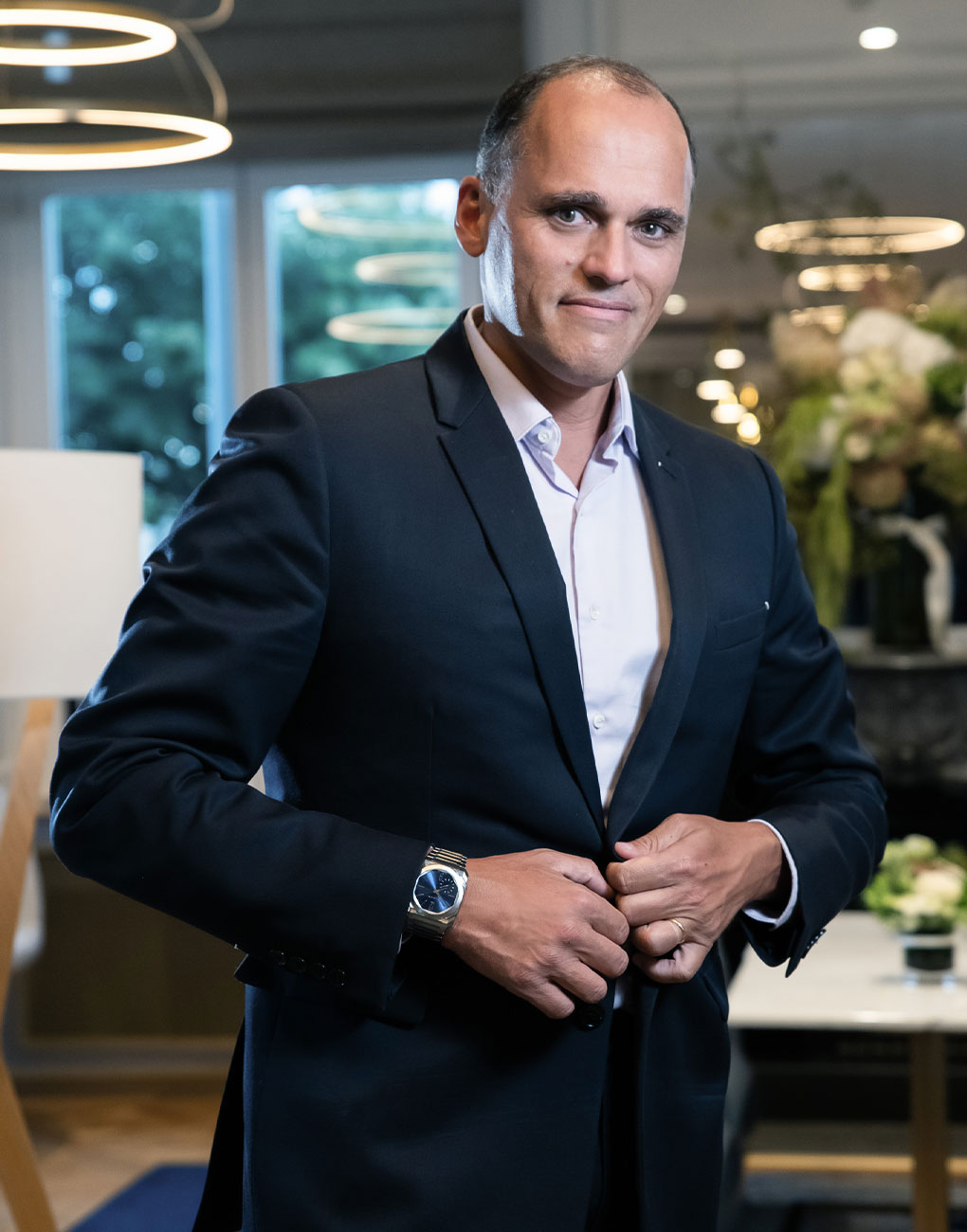
Octo Roma, on the other hand, is more versatile, and very universal in a way because the thickness is not a constraint in development of complications and features. It’s also a watch that can be versatile in terms of materials and prices. It goes from about EUR 7,900 to EUR 1 million. We have the Solo Tempo calibre, and we also have the Grand Sonnerie minute repeater. There is exceptional diversity in the Roma line.
Could you talk about the significance of the updates to the Octo Roma watches, and how the latest pieces pave the path for the evolution of the Roma line going forward?
We’ve focused a lot of our resources on the development of the Finissimo. In the process, we’ve accumulated a huge amount of knowledge and experience in developing movements, which was augmented by the developments we’ve made for the higher-end Octo Romas. When we were developing Finissimo, we realised that that line was going in one very specific direction. It speaks to the watch experts, but not to the wider audience of people who don’t necessarily purchase 20 watches in their lives. People will want a watch that represents fine Swiss watchmaking, but they may not want not just another round watch. And so, there’s the Octo Roma. And we decided to develop the next edition of the Solo Tempo calibre, as well as include a new finishing on the dial, case and bracelet. The decoration on the dials is new, and the bracelet is also perfectly integrated into the design of the case. And I believe the archetypal integrated steel watch is the best value-for-money proposition in the market today.
From LVMH Watch Week, to Watches and Wonders, to Geneva Watch Days, and other fairs, is the launch calendar planned well ahead, or do you release the products that are ready to roll out when the dates for these events are approaching?
So, we plan our launches 18 months in advance. And then reality catches up with us. Sometimes it works, sometimes it doesn’t, and then we have to improvise a little bit. But 18 months is generally what we follow.
Could you talk about Bulgari’s records in slimness? You were last at 1.8mm… Where do you—or any other brand—go from here? Is it even possible to go slimmer? Is there a limit to how slim you can go?
We can go thinner, but we have no interest in going thinner. We’ve proved our point. We can do it. The way the watch is structured, we can go down to 1.7mm even. But there’s no point in it, other than to say, again, that we’ve broken a record. We have a lot of other interesting ideas that we’re working on that’s our focus now. Just going 3mm or 4mm thinner is not going to achieve milestones that we haven’t already achieved.
How has Bulgari’s foray into the metaverse been with the Finissimo ultra? What kind of role do you see Web 3.0 playing for Bulgari in the long term? How important is it for luxury watch brands to have a metaverse presence?
The response was very diverse. Some people liked it. Others didn’t, as it didn’t tie in with traditional watchmaking. They felt it was modernity for the sake of modernity. For us, it’s not. And I cannot really anticipate future developments. For us, it’s a platform for experimenting—a very interesting one. The reaction of people to modernity is interesting. And exploring how to connect the product to the digital world is also fascinating.
It’s not the metaverse for the sake of the metaverse. It’s about exploring what opportunities technology allows for a better customer experience. It may be the metaverse now; it could be something else later. We can’t guarantee that what we do in the metaverse today will still exist after five years—what we can guarantee is that our watches will still be working after five years. We are working on it, studying it, but it has to make sense for us to explore the metaverse further or in a bigger way. I cannot answer now on how things will be going forward. But we continue to explore the space.
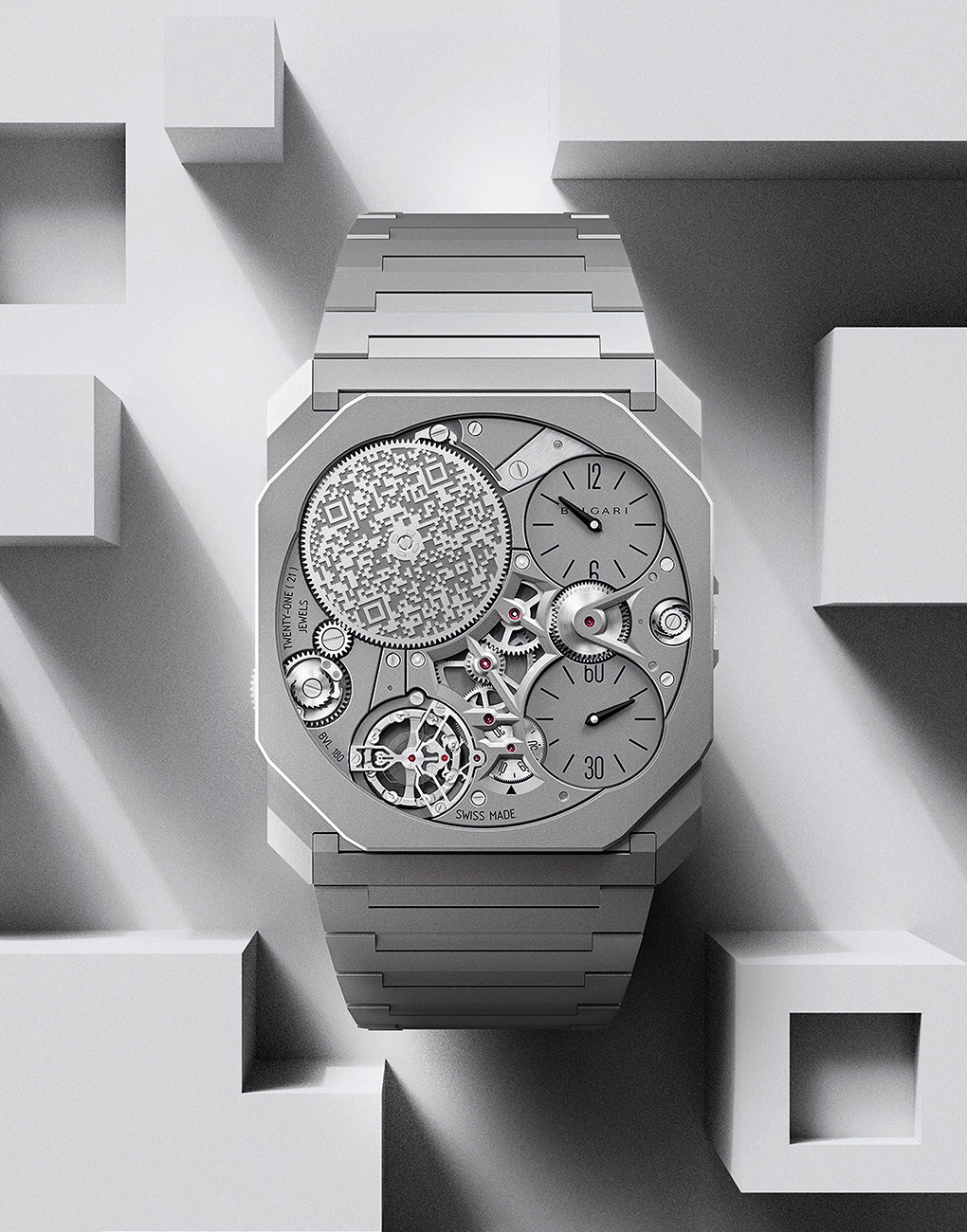
In a world where gender labels are becoming increasingly irrelevant, can you imagine Bulgari doing away with labels like ‘men’ and ‘women’ from the collections altogether?
So far, our clients do not agree with what you’re saying. Commercially, about 70 percent of our men’s watches are being bought by men, and 30 percent by women. This 30 per cent could also be for gifting, but over the years, a lot of traditionally masculine elements of design have been adopted in women’s style, so they could be buying these men’s watches for themselves even. On the other hand, about 99 percent of women’s watches are being sold to women. But, at the end of the day, we are making watches addressed to women and men, based on what has worked for women and men, but they are free to choose whatever they want. I am nobody to tell them that they should pick this or pick that. It’s easy to say men’s and ladies’ watches, because statistically they are what men and women are choosing, respectively. But I believe in freedom of choice for anyone to pick anything they like.
How much of a challenge is it to remain creative and innovative, while retaining the signature traits of icons such as Octo, Serpenti, and most of your other collections?
‘Creative’ and ‘innovative’ are very different things. To be creative while respecting your codes is a challenge. And the way to do so is through innovation. By innovating, you kill the constraints that you have. If I take the example of the Serpenti Tubogas Infiniti, for 75 years, we couldn’t set the Tubogas bracelet with diamonds. Yet, we managed to be creative with the Serpenti for 75 years. And this year, we’ve managed to set diamonds on the bracelet, because we innovated with our manufacturing process. And because of this achievement, we’ve got plenty of new opportunities for creativity. So, innovation helps us to be creative while respecting the framework that the brand has.
Which collection represents Bulgari the most?
That’s a very tricky question. Allow me to pick two. Serpenti represents Bulgari very well. We are a designer. We are a creator of beauty. And we are a jeweller. And Serpenti is, by essence, the jewellery watch. It has a very unique design. It’s a product that imposes itself for its design. And then, Octo Finissimo, for me, is the other one that symbolises the brand, because it’s the perfect expression of aesthetic creation with function creation. We build the design at the same time as we developed the function. There isn’t one element before another. And that really is the Italian signature of design. There is a significant importance given to aesthetics together with the ergonomics and functionality of a product.



